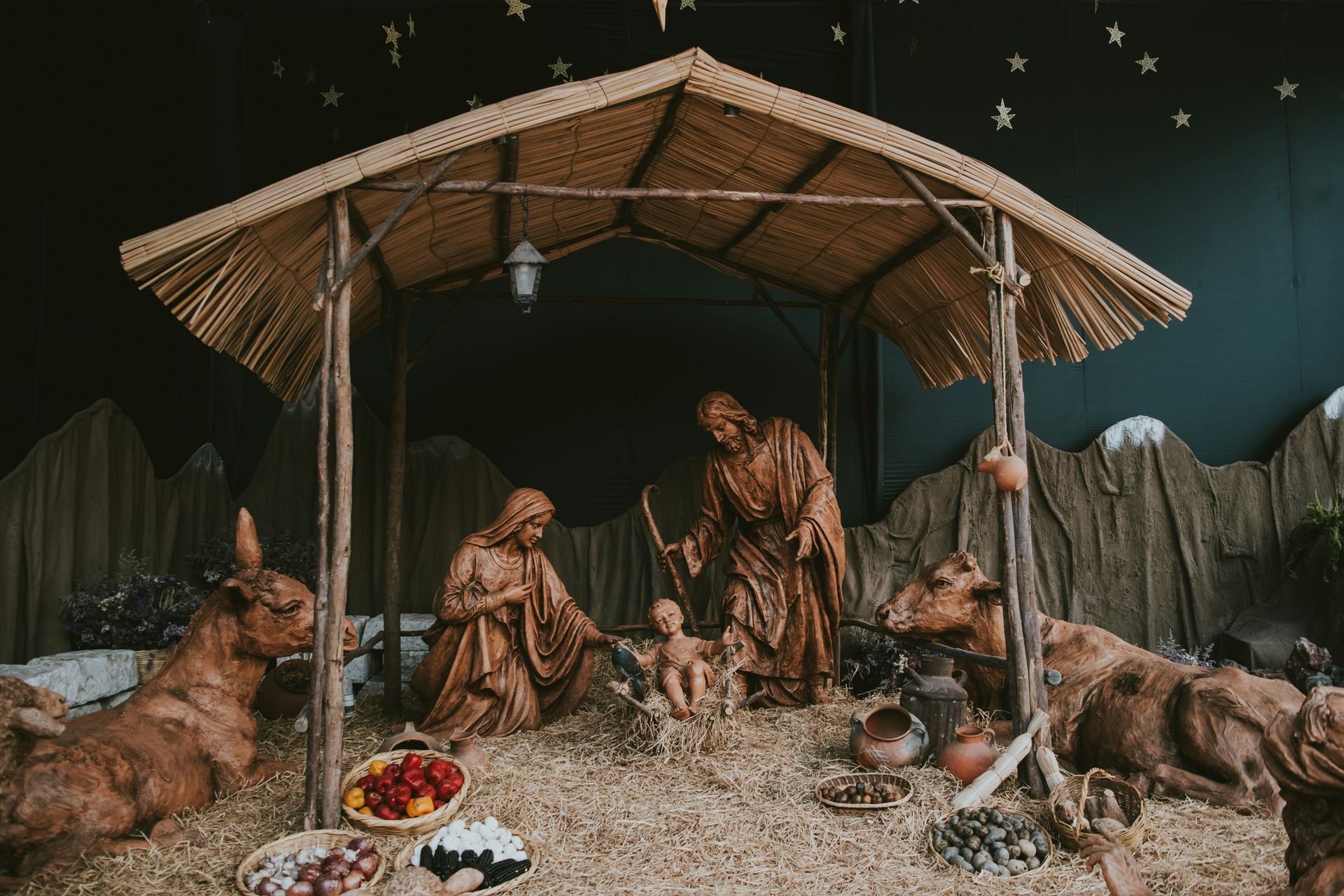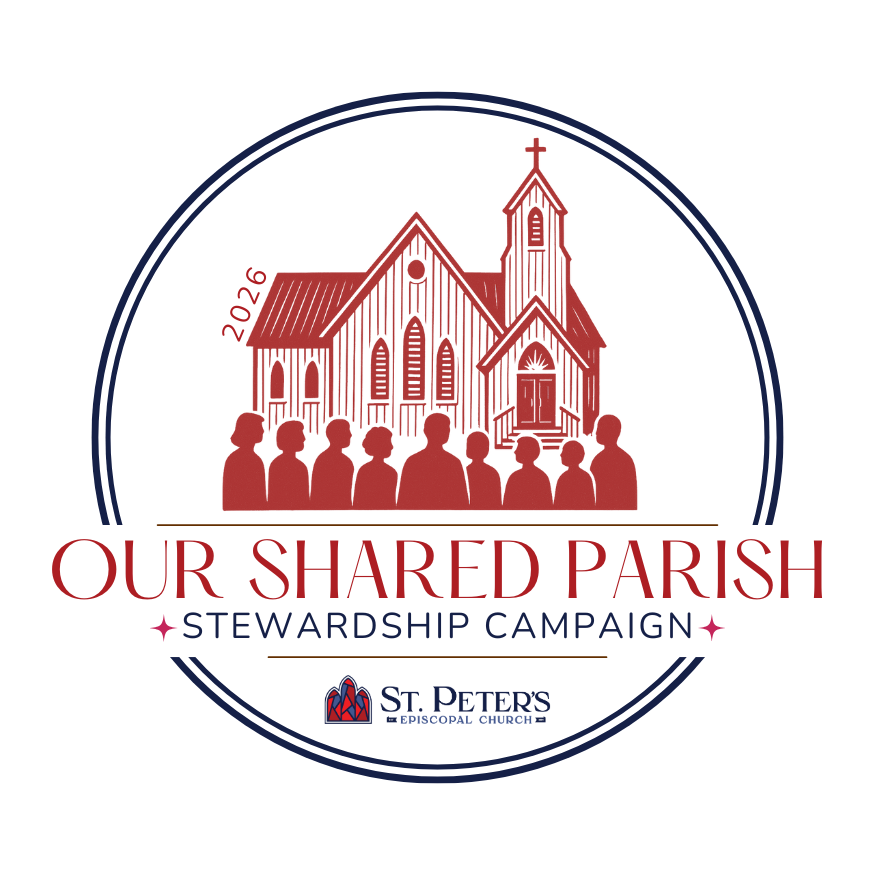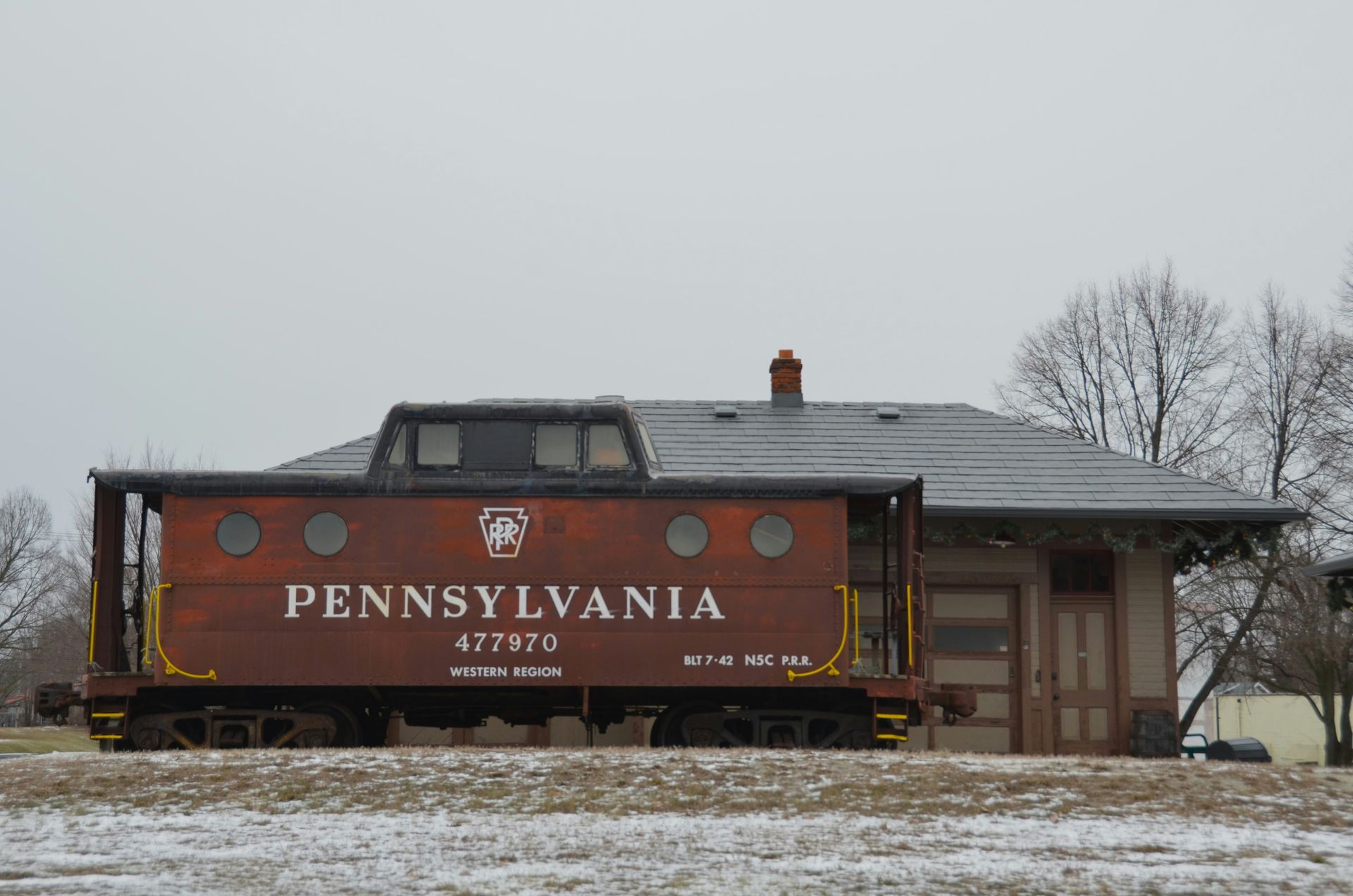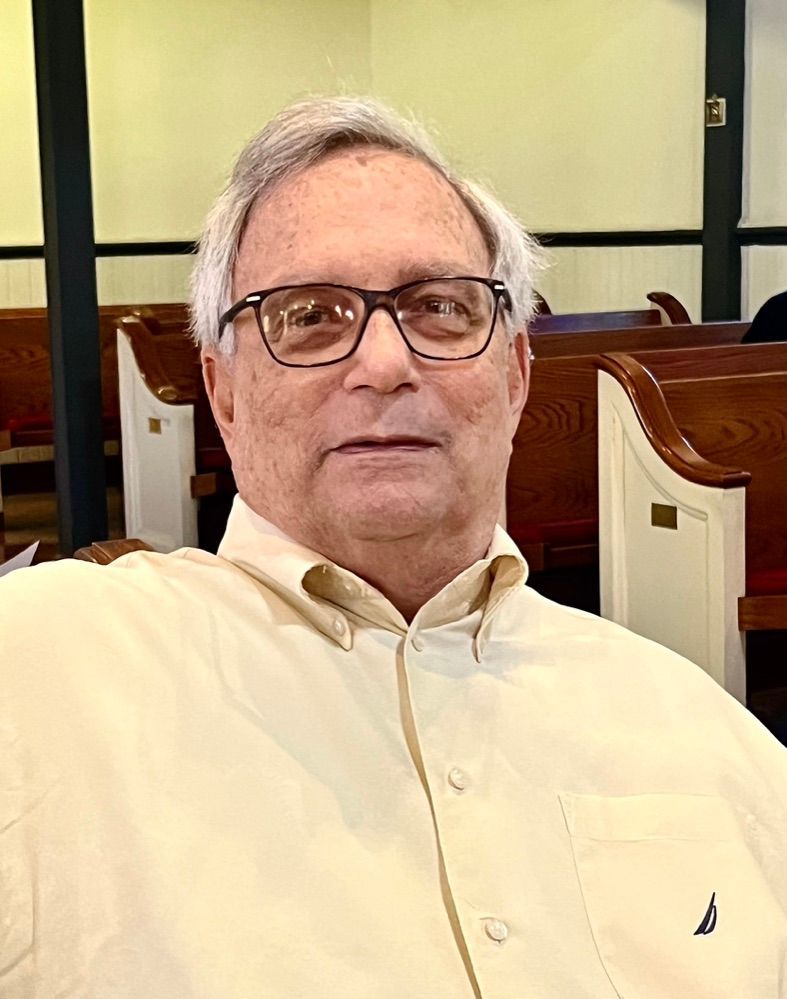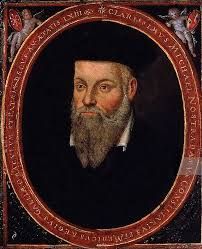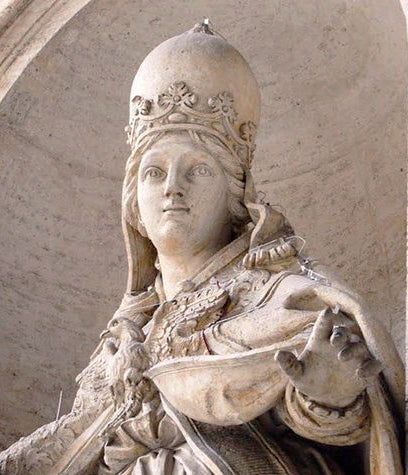The Knights of Malta
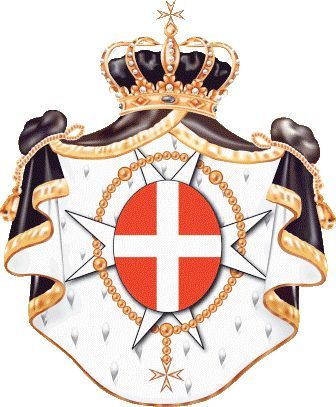
THE KNIGHTS OF MALTA
By John Santosuosso
Should you be in Rome, anywhere near the Spanish Steps, take a stroll down the Via Condotti. Walk a brief distance and you will soon arrive at No. 68. It is worth a stop. You are standing in front of the only country in the world that can be identified by street address. Officially it is known as the Sovereign Military Hospitaller Order of Saint John of Jerusalem, of Rhodes, and of Malta. If you find that a bit too lengthy, you can simply refer to it as the Sovereign Military Order of Malta or the SMOM. If its name is lengthy, its territory is small, and in comparison the Vatican City, which is far smaller than New York's Central Park, is impressive in size. The SMOM has sovereignty only over the Palazzo di Malta at No. 68 and the summer palace of the Grand Master, which is on the Aventine Hill over looking the Tiber River.
What it lacks in size it makes up for in ambition. While some say its sovereignty really rests in the Order itself, and it is not a true state, the SMOM may beg to differ with you. It is formerly recognized by over one hundred states, and has a permanent representative at the United Nations, who does not vote but has the right to speak to the General Assembly and other UN bodies. The SMOM issues passports as well as coins and postage stamps. International law requires that in order for a territory to be recognized as a sovereign state it must have land, citizens (the SMOM has three), a government that has ultimate control of the territory, and be recognized by other states. The SMOM meets all of these criteria. In addition it has operations in nations around the world, including some, like the United States, that do not formerly recognize it.
The origins of this microstate are much older than that of many larger countries. Its roots go back to the Crusades when it was formed as a lay order of knights and recognized by the Pope to protect pilgrims on their way to the Holy Land as well as to care for the sick and wounded. Its first hospital was opened in Egypt in 1048. Said to lack decent sanitary conditions it probably was no worse than most others at the time.
From time to time the knights were attacked by those who coveted the territory it controlled. When they lost a battle they simply sailed away to start anew. Their last stronghold, on the isle of Malta, was conquered by Napoleon in 1798. After that battle the knights appeared stateless. Some did seek the protection of the Russian Tsar, but in 1834 at the invitation of the Pope they established their headquarters in Rome, where they have remained to the present day.
Today the SMOM no longer has to go to war. Its over 13,000 members, all Roman Catholics, support its worldwide charitable work which includes hospitals, assisting refugees, and other humanitarian acts. Membership is by invitation and open only to Roman Catholics. With the departure of members as a result of the Reformation, similar Protestant orders were established in several European countries. These are the Netherlands, Germany, Sweden, and England. Only the English order is open to both Protestant and Catholic members. The SMOM recognizes it is in "alliance" with these organizations and works with them in some of their charitable work. Especially toward the end of the 19th century a number of organizations with names similar to the SMOM began to appear in Europe and North America. Some of them do excellent charitable work. However, none of them is recognized by the SMOM as having its origins in the medieval order. It does not work with them or associate with them.
So, can you visit the world's smallest state today? To a limited extent it is possible. There is a post office in the back of the Palazzo, although this may not actually be territory under the SMOM's jurisdiction. At. No. 68 you can walk through a very short tunnel and peer through iron gates to view a courtyard which contains a large Maltese Cross on its surface and a small fountain. Janet and I found the concierge in a very good mood, and he graciously opened the gates so that we could step inside and take a better photograph. However, we were not permitted to go further. We got a further treat when as we were leaving a limousine bearing a SMOM-1 license plate pulled into the tunnel and out stepped the Grand Master himself. He is the highest ranking official in the state and one of the Order's three members with citizenship. You can also view the Grand Master's summer palace, although it is not open for tours.
I had one further encounter with the SMOM in addition to our visit on the via Condotti. It was a very hot day. Europe was breaking summer heat records, and I was walking down the street of a Hungarian city. I happened to go by the local headquarters of the SMOM. They were outside handing out cups of cool water to those walking by. Perhaps a small gesture, but certainly one that was greatly appreciated by the beneficiaries. For nearly one thousand years this organization has sought to answer the call of its Lord to be a healer and a protector. It has no intentions of quitting that task.
One final note. If you thought you would like to stop by the SMOM post office and mail a few postcards to friends or even one to yourself as a souvenir, you are going to need some assistance. The SMOM is not a member of the Universal Postal Union. It does have postal agreements with over fifty countries, but sadly the United States is not one of them. My SMOM mail goes by way of Canada, which does have an agreement, and is then forwarded to me by a Canadian friend. If you attempt to send it directly it probably will never arrive. You can find information on which countries do have a postal agreement on the internet. In any case if you have a chance to make a visit to the SMOM take the opportunity to visit this historic landmark of ancient Christianity.

